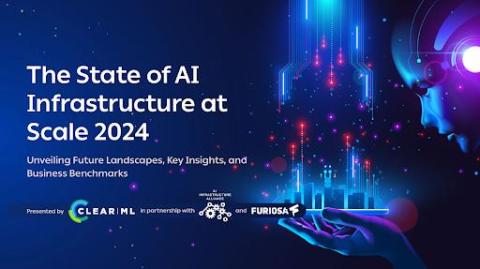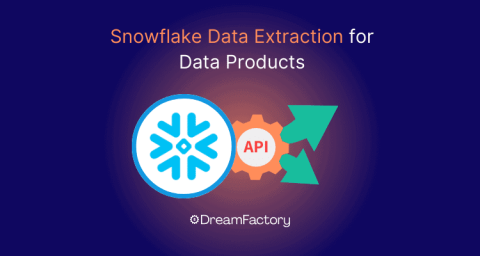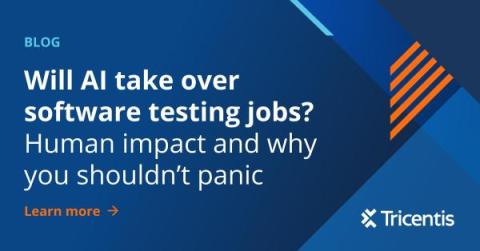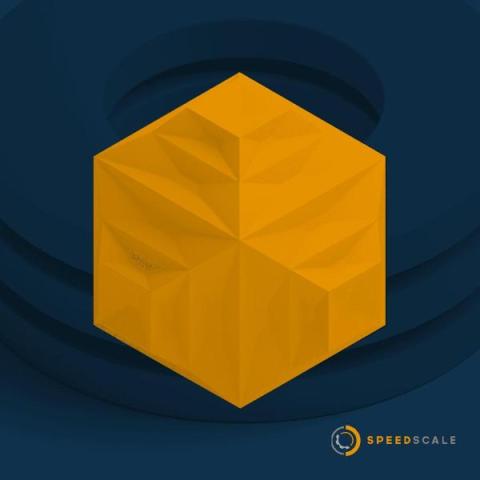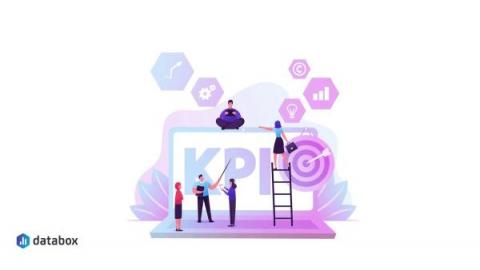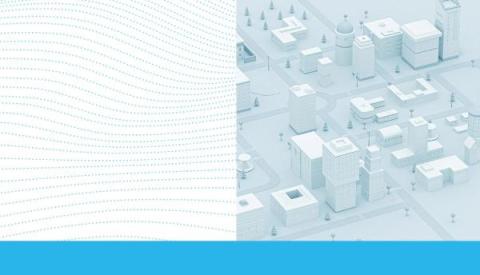5 Benefits of Applying AI to Public Sector Processes: Lessons from Parks and Recreation's Pawnee
The business of governance is not easy. Public sector organizations face a range of obstacles from corruption to lack of transparency to red tape—obstacles that have the potential to erode public trust in institutions and hinder economic development. That’s probably why, in virtually every country around the world, popular culture lampoons the intricacies of government bureaucracy.



